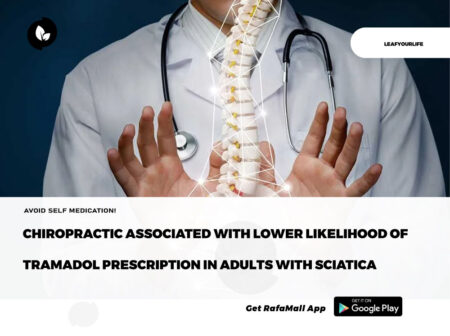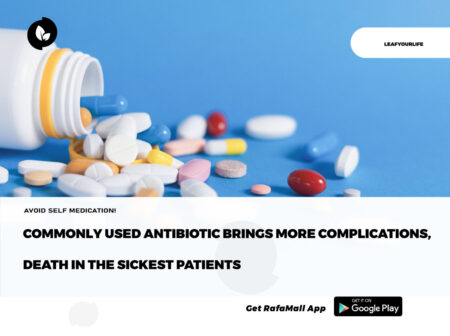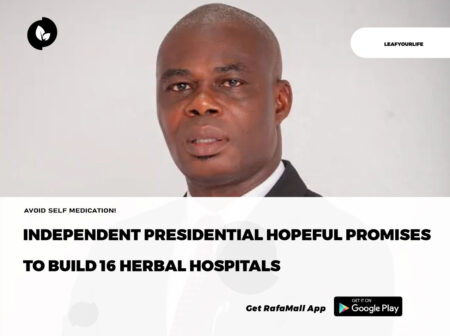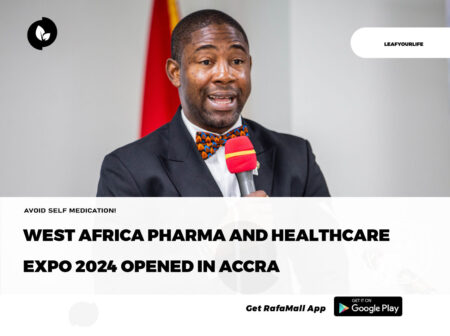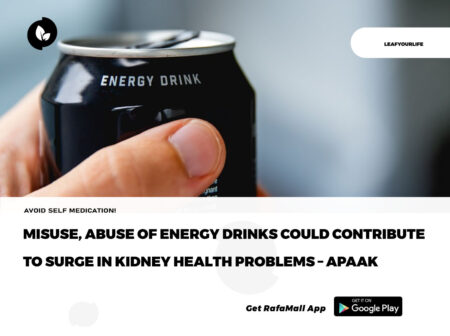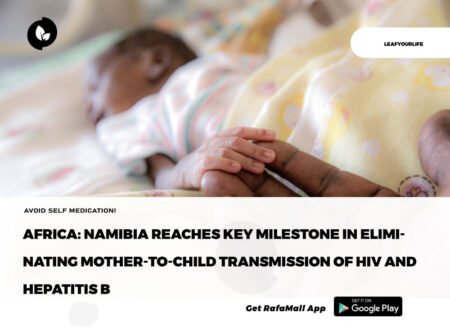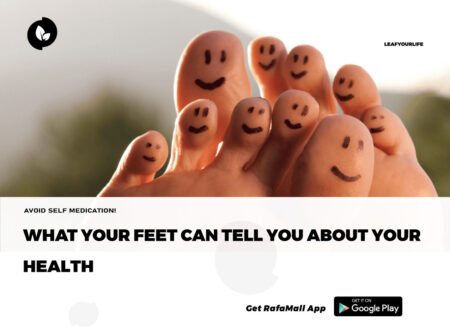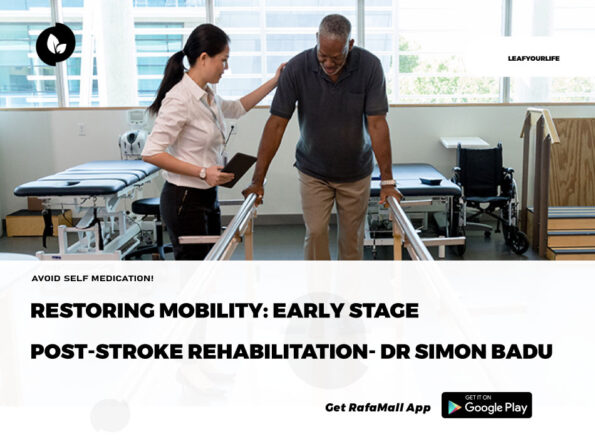
By Simon Badu
As a neurosurgeon, I frequently observe the human body’s amazing resiliency, particularly in the aftermath of misfortune like a stroke. Strokes can be difficult to recover from, especially when it comes to regaining mobility because they are caused by disrupted blood flow to the brain. However, there is a glimmer of optimism in the early phases following a stroke: therapy can restore standing and walking. Following a stroke, some people struggle with reduced motor function, which makes it difficult for them to stand and walk. However, substantial progress toward mobility can be made with a customized rehabilitation program and committed effort.
Comprehensive evaluations performed by a multidisciplinary team, which frequently consists of neurologists, physical therapists, and occupational therapists, are the first step toward restoring standing and walking. Together, these specialists develop individualized rehabilitation programs that target mental and physical retraining. The main goals of early-stage therapy are strength restoration and mobility retraining. Targeting particular muscle groups, therapeutic exercises seek to improve flexibility, balance, and coordination. Regaining stability and confidence when standing is facilitated by methods like weight shifting, stretching, and assisted standing
The person and their support system must be patient and persistent during the process, which happens gradually. Little successes like being able to stand for a short while without help or taking supported steps act as motivating benchmarks throughout the journey. During this stage, assistive technology—like walkers or canes—often plays a vital role in assisting with the gradual shift to independent movement by offering stability and support. These assistive devices are invaluable resources for restoring self-assurance and streamlining the shift to standing and walking without assistance.
It is impossible to exaggerate the importance of the mind in physical healing. Mental concentration and repetitive activities help to harness neuroplasticity, the brain’s capacity to reorganize itself. Playing interactive games or obstacle courses are examples of mentally and physically taxing activities that activate brain pathways and aid in the restoration of motor function. Involving family members and caregivers in this process is essential because they provide encouragement, support, and incentive. Their constant support strengthens the person’s resolve to achieve independence and creates an environment that is favorable for recovery.
The road of every stroke survivor is different, but the ultimate objective is always the same: to be able to stand and walk again. The initial phase of post-stroke rehabilitation is crucial as it establishes the groundwork for further advancements and enhanced quality of life. In summary, recovering the ability to stand and walk after a stroke is a difficult but worthwhile process. With the right assistance, perseverance, and systematic therapy, people can overcome obstacles and make major progress in regaining their mobility. Recall that each step toward healing, no matter how tiny, represents a victory.
ModernGhana


